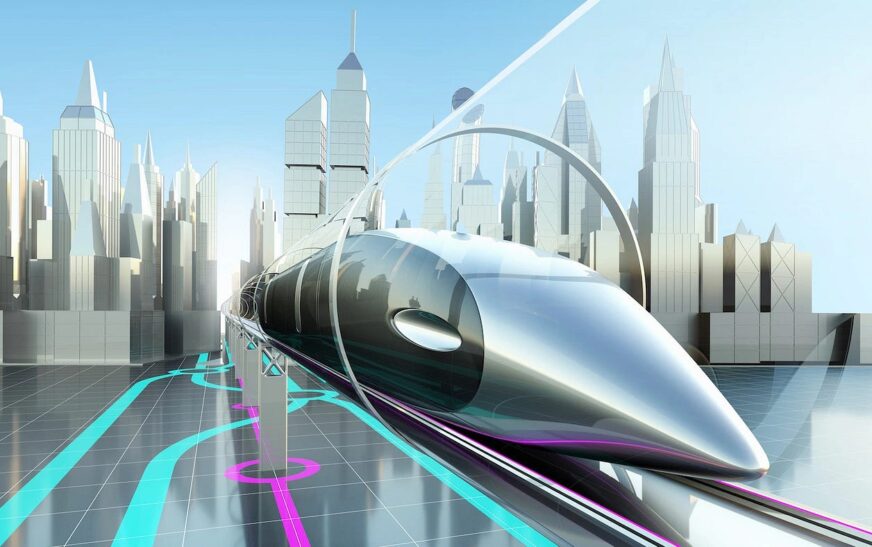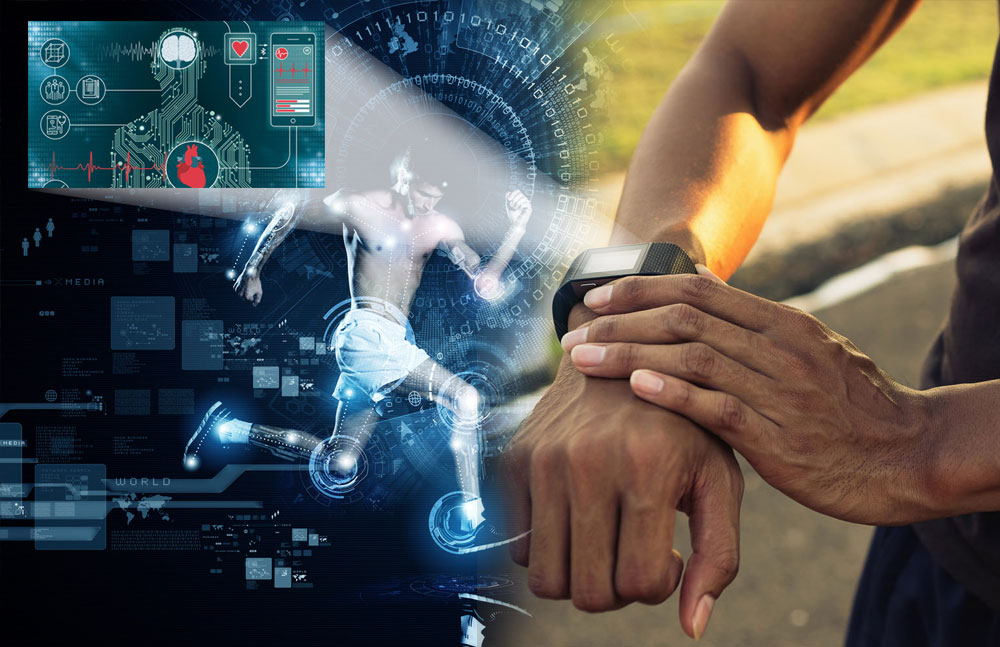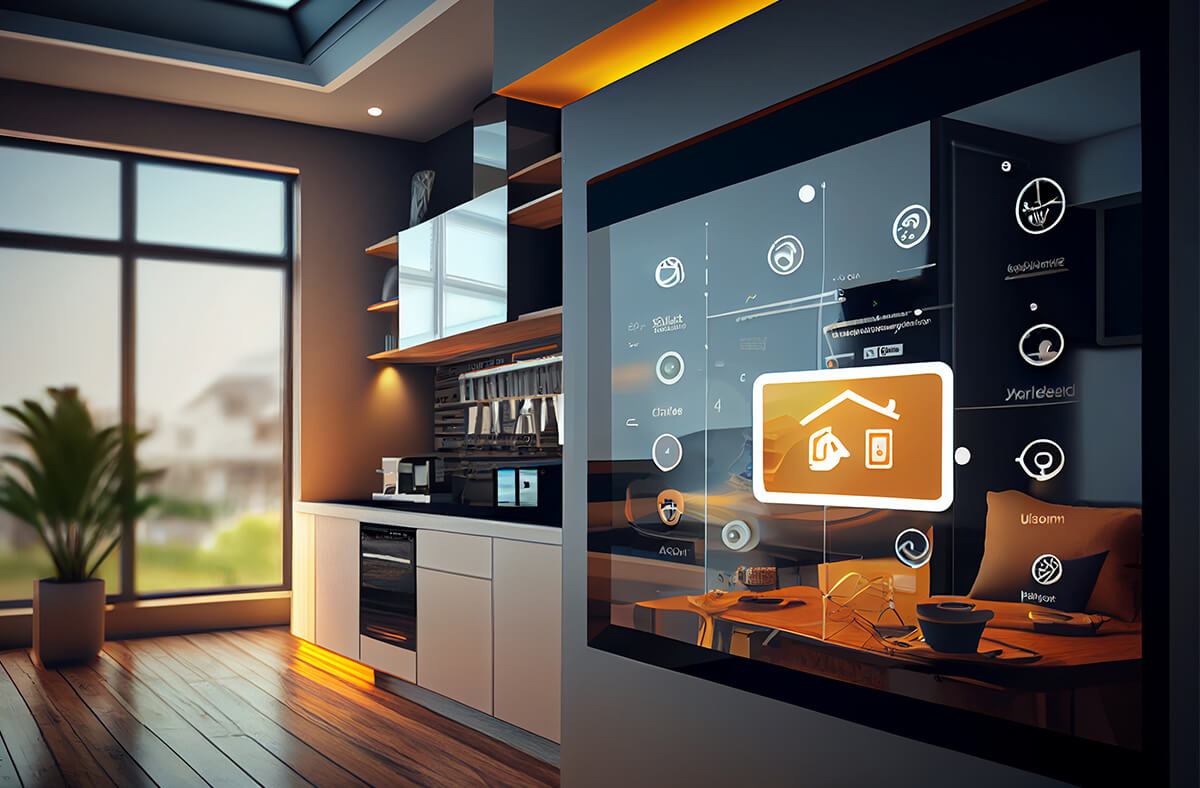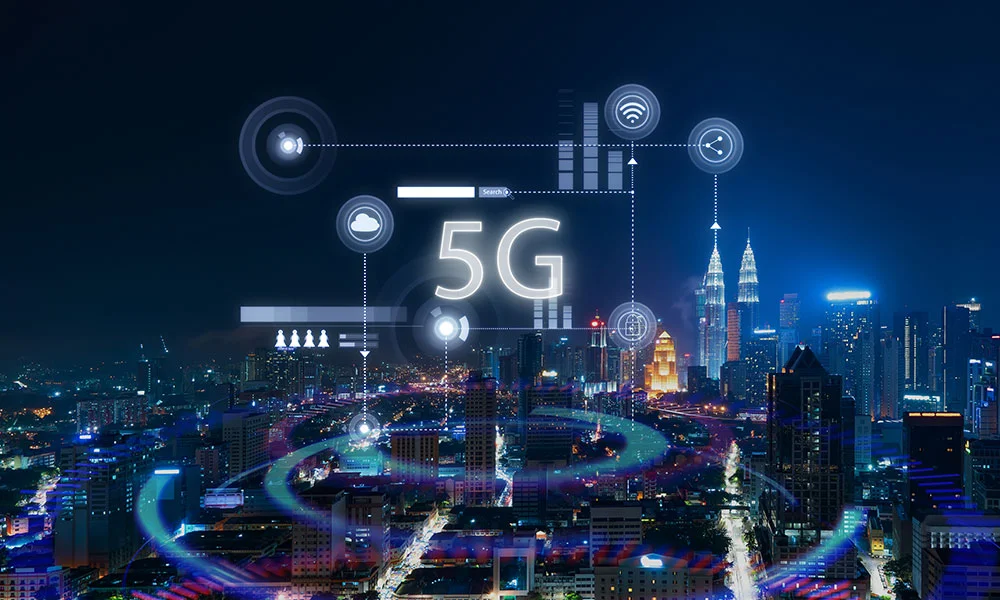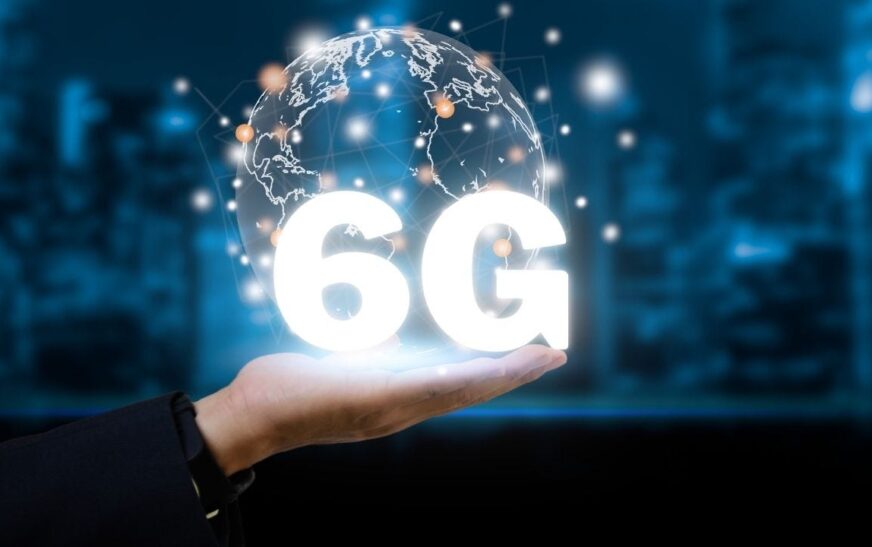Introduction to the Hyperloop concept
Imagine zooming across vast distances at incredible speeds, feeling as if you’ve entered the future. Enter the Hyperloop, an innovative transportation concept that aims to revolutionize how we travel. By harnessing cutting-edge technology and utilizing vacuum tubes, this proposed system is designed to achieve unprecedented high-speed travel, making long journeys feel like a breeze.
The allure of gliding through airless tubes at lightning speed captivates our imaginations and promises a drastic change in our daily commutes. But what’s behind this ambitious vision? As we delve into the fascinating world of Hyperloop technology, we’ll explore its history, mechanics, benefits and drawbacks, while considering its potential impact on society and the environment. Buckle up; it’s going to be an exhilarating ride!

History of the Hyperloop and its development
The Hyperloop concept traces back to the visionary ideas of futurist Elon Musk. In 2013, he unveiled his ambitious vision for a new mode of high-speed transportation that could revolutionize travel.
Inspired by existing technologies and science fiction concepts, Musk proposed using low-pressure tubes to reduce air resistance. This would allow passenger pods to glide swiftly from one destination to another.
Following this announcement, several companies emerged, eager to turn the idea into reality. Teams like Virgin Hyperloop and The Boring Company began developing prototypes and conducting tests.
Research progressed rapidly as engineers tackled various challenges related to safety, efficiency, and infrastructure. Collaboration between tech innovators brought fresh perspectives on design and functionality.
As interest grew globally, governments started exploring potential routes for implementation. The Hyperloop journey had only just begun but was already capturing imaginations everywhere.

How does it work?
The Hyperloop operates using a network of vacuum tubes. These tubes are designed to reduce air resistance, allowing pods to glide smoothly at incredible speeds.
Pods, or capsules, are levitated above the track using magnetic levitation technology. This eliminates friction and enhances efficiency as they travel through near-vacuum conditions.
Propulsion comes from linear motors that push or pull the pods along their journey. The combination of low pressure and magnetism enables high-speed travel without the constraints typical in traditional transportation systems.
Safety features ensure passenger protection during transit. Emergency braking systems and controlled environments add layers of security for users.
With this innovative setup, the Hyperloop aims to reach speeds exceeding 700 miles per hour, fundamentally changing how we envision commuting across distances.

Advantages and disadvantages of the Hyperloop
The Hyperloop offers several notable advantages. Its capacity for high-speed travel could revolutionize intercity transport, drastically reducing travel times. Imagine reaching a destination in minutes rather than hours.
Moreover, the energy efficiency of this system is impressive. Powered by renewable energy sources like solar and wind, it promises lower carbon emissions compared to traditional transportation methods.
However, challenges loom large. High construction costs may deter investment and delay implementation. Additionally, safety concerns regarding vacuum tubes remain unaddressed.
There are also questions about noise pollution during operation and its impact on local ecosystems.
Infrastructure development requires significant land use that might disrupt existing communities or wildlife habitats.
Balancing technological advancement with environmental stewardship will be crucial as discussions surrounding the Hyperloop continue to evolve.

Comparison with other forms of transportation
The Hyperloop concept stands apart from traditional forms of transportation like trains, cars, and airplanes. Unlike trains that run on tracks, the Hyperloop employs vacuum tubes to reduce air resistance. This unique design allows for significantly higher speeds.
When comparing it to conventional air travel, the Hyperloop’s potential for shorter travel times is remarkable. Airports often involve lengthy security checks and boarding processes that can extend overall journey durations.
Additionally, gas-powered vehicles release emissions into the atmosphere. The Hyperloop aims to utilize renewable energy sources, making it a cleaner option in terms of environmental impact.
Bullet trains hold their own advantages with established infrastructure but still fall short in speed compared to what the Hyperloop could achieve. As cities expand and populations grow, innovative solutions like this are essential for efficient transportation systems.

Current progress and future plans for the Hyperloop
Currently, several companies are racing to bring the Hyperloop technology to life. Virgin Hyperloop has made significant strides with successful test runs. Their focus is on refining safety measures and passenger experience.
Meanwhile, Elon Musk’s Boring Company is exploring tunnel construction techniques that could enhance Hyperloop infrastructure. Prototypes are being developed in various locations around the world.
Future plans appear ambitious yet grounded. Countries like India and the UAE show interest in developing routes that could connect major cities within minutes.
As investment increases, so does collaboration between tech firms and governments. The vision of a high-speed transportation network seems increasingly attainable as research continues to unveil new possibilities for vacuum tube travel.
Public perception will be crucial moving forward; acceptance hinges on demonstrating safety and efficiency through ongoing trials and transparent communication about advancements.

Potential impact on society and the environment
The Hyperloop has the potential to revolutionize travel. Imagine reducing commute times drastically, making distant cities more accessible. This could enhance economic opportunities and encourage cultural exchanges.
Environmentally, using vacuum tubes may lead to less land disruption compared to traditional railways or highways. The energy efficiency of electric propulsion can significantly lower carbon emissions if powered by renewable sources.
Moreover, reduced congestion on roads might improve air quality in urban areas. Fewer vehicles on the street means less pollution and a quieter environment for residents.
However, constructing such infrastructure raises concerns about habitat destruction and resource consumption during development. Balancing innovation with ecological preservation is crucial as we explore this groundbreaking technology’s societal implications.
As communities adapt to high-speed travel options like Hyperloop, it’s essential to consider how these changes will shape daily life and influence our relationship with the planet.

Challenges faced in implementing the Hyperloop technology
Implementing Hyperloop technology presents a range of challenges. First, the construction costs are staggering. Building extensive vacuum tube networks demands significant investment and resources.
Land acquisition poses another hurdle. Securing routes that minimize disruption to communities can be contentious. Local regulations may complicate these efforts further.
Technical obstacles abound as well. Creating a system that maintains low pressure over long distances while ensuring safety is no easy feat. Engineers must tackle issues like friction and air resistance, which affect speed travel efficiency.
Public acceptance remains uncertain too. Many people are skeptical about new transportation systems due to perceived risks or concerns over environmental impact.
Competition with established industries such as airlines and rail services adds pressure on proponents of this innovative mode of transport. Gaining traction in a market dominated by traditional methods will require strategic planning and robust marketing strategies.

Conclusion: The future of high-speed transportation
The Hyperloop represents a bold leap into the future of transportation. Its innovative design using vacuum tubes could redefine how we perceive travel speed. With the potential to connect cities in mere minutes, it promises convenience and efficiency.
As technology advances, so does the feasibility of this ambitious project. Passionate advocates continue to push boundaries, while skeptics question its practicality. This dialogue is essential for refinement.
Society stands on the brink of transformation. High-speed travel can enhance economic growth and reduce congestion in urban areas. However, environmental impacts must be carefully considered as development progresses.
Future advancements might also lead to smarter infrastructure integrated with sustainable energy solutions. The vision is not just about getting from point A to B faster; it’s about revolutionizing our relationship with time and distance in an ever-evolving world.

Introduction to the Hyperloop concept
The Hyperloop concept is a revolutionary approach to transportation, aiming to redefine how we travel. Imagine traveling at speeds exceeding 700 miles per hour in a sleek pod gliding through low-pressure tubes. It’s an audacious idea that merges technology and innovation.
This proposed system promises not only rapid transit but also enhanced energy efficiency. By utilizing magnetic levitation and vacuum-sealed environments, the Hyperloop minimizes friction—an age-old enemy of speed travel.
Enthusiasts envision this high-speed transport connecting cities within minutes rather than hours. The potential for seamless urban mobility could transform our daily commutes into something extraordinary.
The vision is ambitious: stations that blend into cityscapes while reducing congestion on roadways and runways alike. As we explore its feasibility, the excitement surrounding this futuristic mode of transportation continues to grow.
History and Progress of the Hyperloop
The Hyperloop concept emerged in 2013, thanks to visionary entrepreneur Elon Musk. He introduced this revolutionary idea through a white paper that captured the imagination of engineers and futurists alike.
Following Musk’s vision, various companies began developing their own versions of the technology. Names like Virgin Hyperloop and The Boring Company entered the scene, each pushing boundaries to make high-speed travel a reality.
In 2016, Virgin Hyperloop successfully tested its first full-scale prototype. This marked a significant milestone in demonstrating how vacuum tubes could transport pods at incredible speeds.
Research and development have continued over the years. Partnerships with governments and private sectors are helping refine designs while addressing safety concerns.
As advancements unfold, we witness increased interest worldwide. Each step forward brings us closer to realizing this ambitious transportation dream.
How does the Hyperloop work?
The Hyperloop operates on an innovative principle that combines existing technologies to achieve unprecedented speed travel. It uses vacuum tubes, which drastically reduce air resistance, allowing pods to glide smoothly at high velocities.
Inside these tubes, magnetic levitation technology elevates the pods above the track. This eliminates friction and enables swift movement with minimal energy consumption.
Propulsion is achieved through linear motors that push the pods forward. Once they reach cruising speed, they coast effortlessly along the tube’s length.
Air pressure is carefully controlled within the system to maintain comfort while further minimizing drag. The entire design prioritizes efficiency and sustainability.
Safety features are integrated across every aspect of its operation. Emergency braking systems and real-time monitoring ensure passenger security during journeys at such high speeds.
Advantages of the Hyperloop over traditional transportation methods
The Hyperloop proposes a revolutionary approach to speed travel. It aims to achieve remarkable speeds while maintaining energy efficiency.
One significant advantage is reduced travel time. Imagine crossing cities in mere minutes, cutting the hours typically spent on trains or planes.
Another benefit is lower operational costs over time. With magnetic levitation and minimal friction, maintenance can become easier compared to traditional rail systems.
Moreover, the Hyperloop offers enhanced safety features. Enclosed tubes reduce risks associated with weather conditions, ensuring safer journeys regardless of external factors.
Additionally, it promotes environmental sustainability by utilizing renewable energy sources like solar power integrated into its design. This aligns well with global efforts towards greener transportation solutions.
Less land usage compared to highways or airports could free up valuable urban space for development or green areas.
Challenges and concerns surrounding the implementation of the Hyperloop
Implementing Hyperloop technology isn’t without its hurdles. One major concern is the enormous cost involved in building and maintaining such an ambitious transportation system. The initial investments required could be staggering.
Then there’s the issue of safety. Traveling at high speeds inside vacuum tubes raises questions about emergency protocols and structural integrity during unforeseen events like earthquakes or technical failures.
Regulatory challenges also loom large. Gaining approval from government authorities can be a lengthy process, often requiring extensive research and public consultation.
Public perception plays a crucial role too. Many people remain skeptical about new technologies, fearing potential risks over perceived benefits.
Environmental impact must not be overlooked either. While Hyperloop aims to offer eco-friendly travel options, construction may disrupt local ecosystems and habitats, sparking debates among environmentalists.
Addressing these concerns is essential for any future advancements in this groundbreaking mode of transport.
Current development and future plans for the Hyperloop technology
Currently, several companies are making strides in Hyperloop technology. Virgin Hyperloop and Elon Musk’s The Boring Company are leading the charge. Their efforts focus on building test tracks to refine system components.
Recent trials have shown promising results, demonstrating capsule levitation and propulsion techniques. This progress is crucial for achieving speeds that redefine travel standards.
Future plans include constructing full-scale systems connecting major metropolitan areas. These routes aim to cut travel times dramatically, potentially revolutionizing how people commute or transport goods.
Regulatory hurdles remain a significant challenge, as safety concerns must be addressed before widespread implementation can occur. Collaborations with government entities could pave the way for smoother transitions from concept to reality.
Investment continues to flow into this ambitious project as interest grows among private sectors and governments alike. Enthusiasts eagerly anticipate updates that could shift perceptions of high-speed transportation forever.
Potential impact on travel and transportation industry
The Hyperloop promises to revolutionize the travel landscape. Imagine traversing vast distances in mere minutes, fundamentally altering our perception of time and space.
This technology could shift how we approach daily commutes and long-distance travel. What once took hours might become a quick journey, fostering greater connectivity between cities.
Moreover, the Hyperloop’s efficiency may drive down costs associated with transportation. Lower fares could make travel accessible to more people, expanding opportunities for businesses and tourism alike.
With reduced congestion on roads and at airports, urban areas could experience less pollution. The transition to this new form of transit might lead to cleaner air and quieter cities.
As Hyperloop stations emerge near existing infrastructure, communities will likely adapt around them. This change can spur economic development while reshaping local landscapes for a modern age of speed travel that prioritizes convenience and sustainability.
Comparison with other high-speed transportation systems like bullet trains and airplanes
When comparing the Hyperloop with traditional high-speed transportation systems like bullet trains and airplanes, several factors come into play.
Bullet trains glide smoothly along dedicated tracks, reaching speeds of up to 320 km/h. They are efficient for short to medium distances but require extensive rail infrastructure. The Hyperloop, utilizing vacuum tubes, aims to surpass these speeds significantly while minimizing energy consumption.
Airplanes dominate long-distance travel. They can cover vast territories quickly but often face delays due to air traffic control and weather conditions. The Hyperloop promises a more streamlined experience without the lengthy security checks typical at airports.
Moreover, while both systems emit greenhouse gases during operation, the Hyperloop could potentially run on renewable energy sources, making it a greener alternative in comparison. Each mode has its advantages; however, the innovative technology behind the Hyperloop presents exciting possibilities for future travel dynamics.
Criticisms and controversies surrounding the Hyper
The Hyperloop concept, while revolutionary, has not been without its critics. Concerns range from safety issues to the feasibility of building an extensive network of vacuum tubes. Detractors question whether such a high-speed transportation system can truly achieve the projected speeds and maintain passenger comfort.
Additionally, there are worries about the massive infrastructure investment required for this proposed technology. Many argue that funds could be better allocated to improving existing transportation systems like trains and buses. Environmental implications also arise—while the Hyperloop boasts energy efficiency potential, constructing vast networks of tubes could disrupt ecosystems.
Moreover, some experts point out technical challenges related to air pressure and propulsion systems that need thorough testing before any real implementation can take place. The debate continues as proponents tout speed travel benefits against these legitimate concerns.
As discussions evolve around this innovative mode of transport, it is clear that the road ahead will require careful consideration of both its promises and pitfalls in order to determine if this ambitious vision can become a reality.

